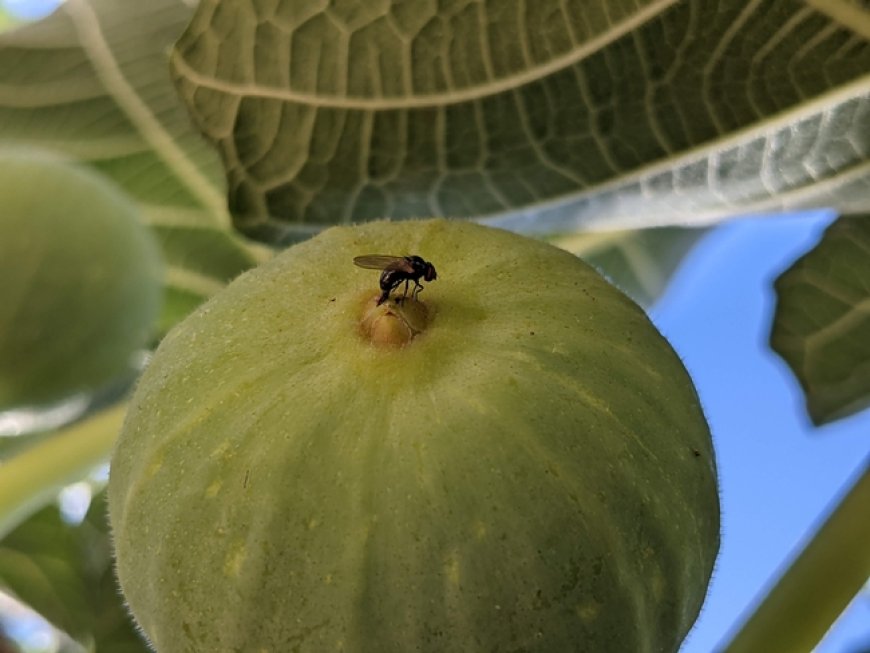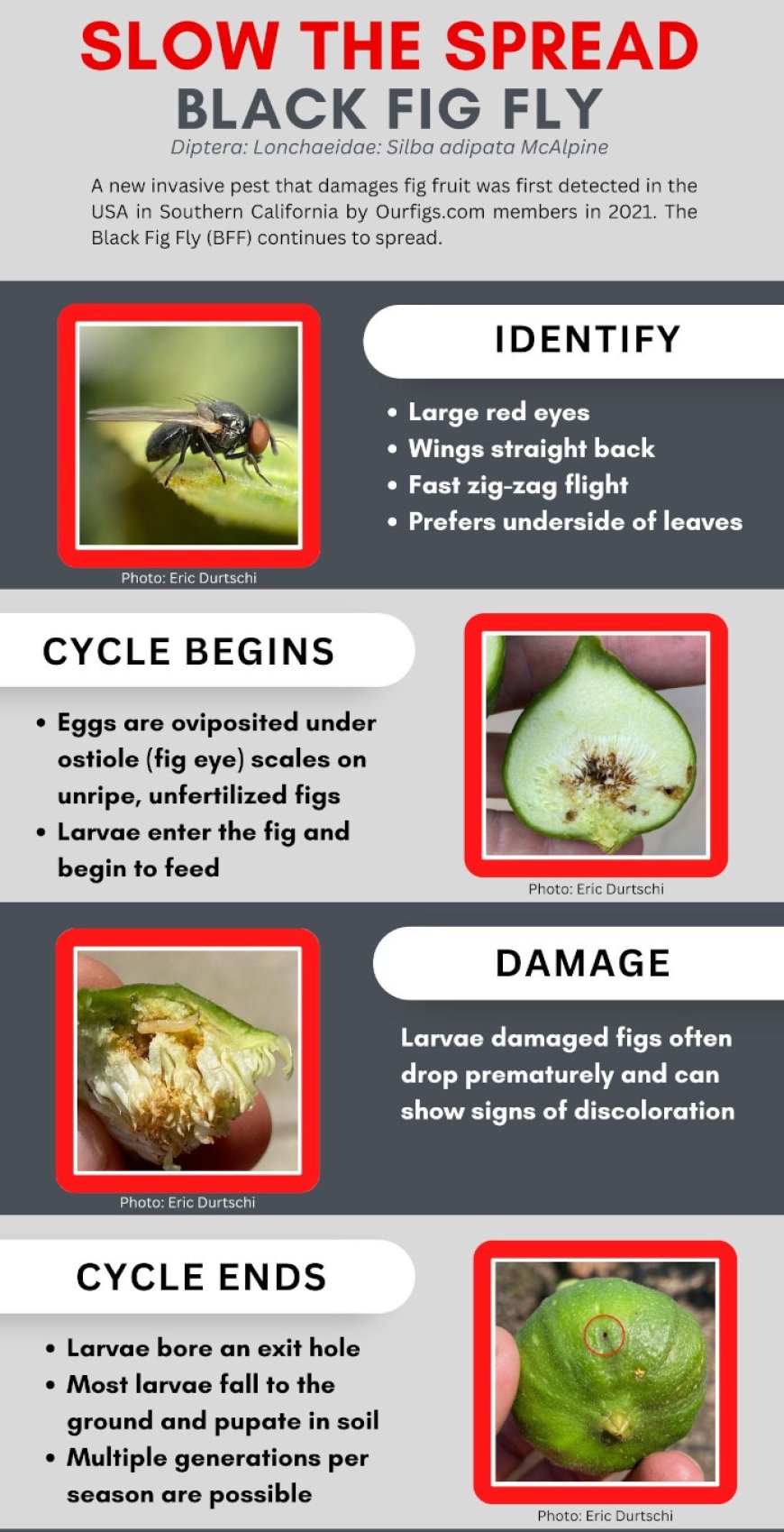Emerging Threat: The Spread and Management of the Invasive Black Fig Fly
The black fig fly (Silba adipata) is causing significant concern as an invasive pest that has made its way from the Mediterranean to regions including South Africa, Mexico, and southern California. This pest has a notable preference for figs, posing a grave threat to fig production. The fly's life cycle involves females laying eggs inside figs, and the larvae then feed on the internal fruit tissue, leading to premature fruit drop. Monitoring methods using traps and specific baits aid in tracking adult fly populations, although the potential for natural enemies and biological control remains uncertain. Managing this pest is challenging due to its concealed presence within the fruit, complicating the use of chemical controls. Researchers are actively working to understand its behavior, spread, and impact, with ongoing studies aiming to predict its potential range and develop effective monitoring and control strategies. Early detection and robust management protocols are essential to safeguard the future of fig production.

The black fig fly (Silba adipata) is an invasive pest that originated in the Mediterranean and has recently been found damaging fig crops in South Africa (2007), Mexico (2020), and southern California (2021). These flies are a serious threat to fig production due to their unique feeding and reproduction habits.
First discovery was posted on Ourfigs forum and a thread titled "Wow! Jumping worms inside my figs !?!". Then came another thread whch has now become a large following of on Ourfigs forum by fig enthusiast Eric Durtschi titled "URGENT PSA For All California Growers".
The fly's life cycle involves females laying eggs in figs' small openings, followed by larvae feeding within the fruit. This can lead to premature fruit drop. Monitoring methods like traps with specific baits help track adult fly populations. However, natural enemies and effective biological controls remain unclear.

Controlling the pest is challenging and unfortunately at the moment, impossible due to the larvae's location within the fruit. Chemical control methods are being explored, including insecticide baits. Orchards need to maintain good sanitation practices to minimize infestation risks.
Black Fig Fly Damage Identification video by Eric Durtschi.
Researchers are actively studying the fly's behavior, spread, and impact. They are working on models to predict its range and evaluating monitoring and control strategies. Timely detection and effective management are crucial to prevent further damage to fig production.
As of now, fig enthusiasts such as Brian Melton from Profig are working with San Bernardino County Deputy Ag Commissioner Sarah Mellor. Here is a pamphlet with BFF info and how to report the Black Fig Fly.









